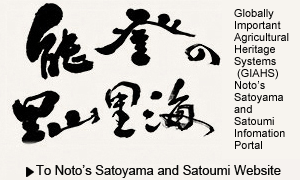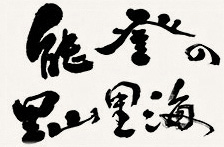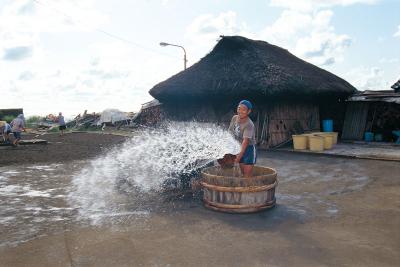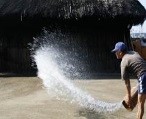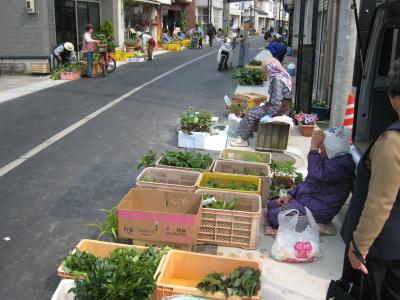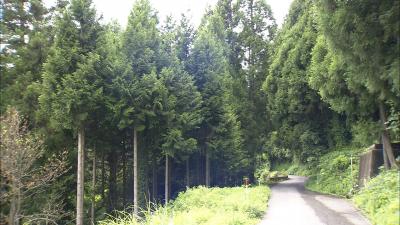
Name
Agehama-style Salt Farm
Address
Shimizu-machi, Suzu City
Category
Natural landscape
Class
Traditional technique
Age
11th century~16th century
Designation
Important intangible folk cultural property of Japan: “Noto’s Agehama-style salt-making technique” (March, 2008) Important tangible folk cultural property of Japan: “Noto’s Agehama-style salt-making tools” (April 1969) Prefecturally designated intangible folk cultural property: “Sunatori-bushi” (February 1968)
Comment
At the salt farms on the Nie coast in Shimizu Town, a unique, traditional salt-making method called “Agehama-style salt-making” has been passed down. This method involves drawing water from the sea, throwing it over the sand terraces, letting it dry in the sun, raking the sand terraces and pouring seawater there again to make a brine with a high salt content. The last step is to boil down the brine in a type of cauldron through the night. Sea salt rich in minerals from the sea is characterized by its mild, slightly sweet flavor. Records of Agehama-style salt making in Nie date back to 1596. During the Edo period, salt-making was greatly protected as an important industry of the Kaga domain. After the Meiji period, low-priced Setouchi salt was widely distributed, so at one time there was only one family in Shimizu-machi passing down the technique of salt-making. Recently the number of salt producers has increased, and traditional salt-making has become more widely recognized; it has been designated as an important tangible folk cultural property of Japan. Sunatori-bushi, a work song for salt workers, was designated as an intangible folk cultural property by the prefectural government.
Views
Access number:20706

